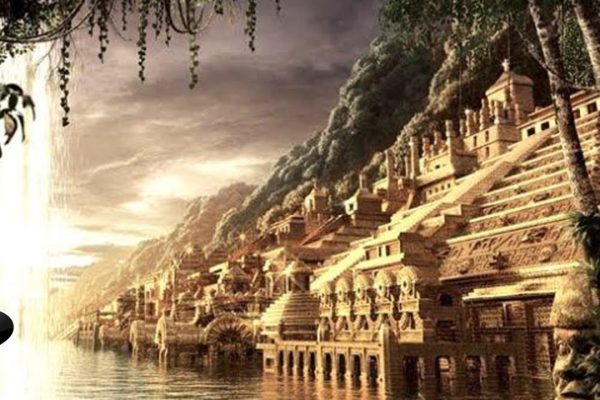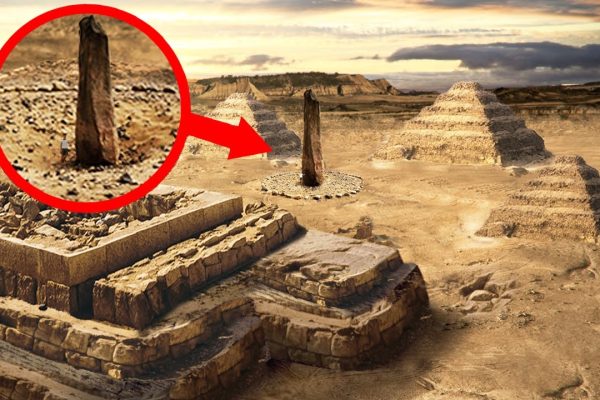
Top 10 Legendary Lost Cities That Might Be Real 🏛️🌍
For centuries, explorers and archaeologists have searched for fabled cities from ancient myths—places like Atlantis, El Dorado, and the Kingdom of Prester John. While many remain elusive, some legendary lost cities have been found (like Troy and Machu Picchu), proving that where there’s smoke, there’s often fire. These mysterious metropolises, swallowed by jungles, deserts, or…

